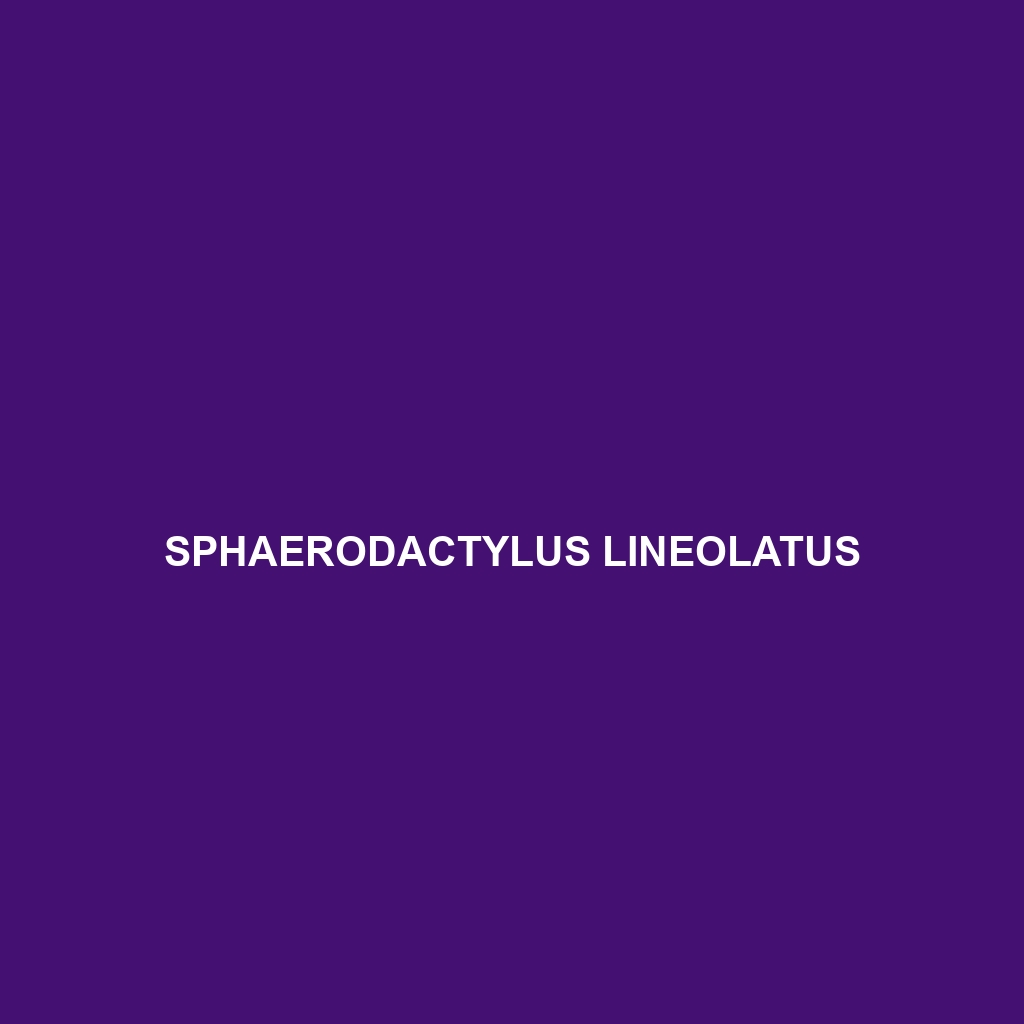Discover the fascinating Shreve's sphaero (Sphaerodactylus shrevei), a small, nocturnal lizard native to the rainforests of eastern Cuba, known for its distinct earthy coloration, agile movements, and vital role in controlling insect populations within its ecosystem. This species thrives in warm, humid environments, showcasing remarkable adaptations such as tail regeneration and effective camouflage for survival.
Tag: lizard camouflage
Sphaerodactylus poindexteri
Discover the Sphaerodactylus poindexteri, or Poindexter's Sphaero, a small, nocturnal lizard native to the lush tropical rainforests and coastal regions of Puerto Rico. Measuring 2 to 4 inches, this unique species boasts excellent camouflage and distinct toe pads for climbing, playing a crucial role in insect control and maintaining ecological balance in its habitat.
Sphaerodactylus oliveri
<p><b>Sphaerodactylus oliveri</b>, a vulnerable, small Caribbean lizard, thrives in diverse habitats including rainforests and savannas. Known for its nocturnal behavior, effective camouflage, and role as an insectivore, this species contributes significantly to its ecosystem as both a predator and prey.</p>
Sphaerodactylus notatus
<p><b>Sphaerodactylus notatus</b>, commonly known as the notched sphaero, is a small, nocturnal lizard measuring 2-4 inches in length, known for its slender body, distinctive notched throat, and effective camouflage in tropical and subtropical habitats. Primarily an insectivore, it contributes to ecosystem balance while showcasing unique behaviors, including tail autotomy and vibrant mating displays.</p>
Sphaerodactylus lineolatus
<p><b>Sphaerodactylus lineolatus</b>, commonly known as the island gecko, is a small, nocturnal lizard measuring 2 to 4 inches, native to the Caribbean's rainforests and savannas. With a diet primarily composed of insects and the ability to regenerate its tail after autotomy, this adaptable species plays a vital role in maintaining the ecological balance in its habitat.</p>
Sphaerodactylus goniorhynchus
<p><b>Sphaerodactylus goniorhynchus</b>, a vulnerable species found primarily in the humid rainforests of Puerto Rico and Hispaniola, is a nocturnal, insectivorous lizard that reaches lengths of 5 to 7 centimeters. Known for its excellent camouflage and climbing abilities, this microhabitat specialist plays a crucial role in controlling insect populations and maintaining ecosystem balance.</p>
Sitana spinaecephalus
<b>Sitana spinaecephalus</b>, commonly known as the Spiny-headed Lizard, is a diurnal insectivore found in diverse habitats across the Indian subcontinent, characterized by its distinctive spiny crest, vibrant coloration, and agile behavior. This lizard plays a crucial role in its ecosystem by controlling insect populations and serving as a prey source for various predators.
Sitana marudhamneydhal
<p><b>Sitana marudhamneydhal</b> is a striking lizard species native to dry grasslands and scrub forests of southern India, measuring 15-20 cm with distinctive grey and brown coloration. Known for its diurnal behavior and insectivorous diet, this agile reptile plays a vital role in controlling insect populations while showcasing unique mating displays.</p>
Sitana spinaecephalus
<b>Sitana spinaecephalus</b>, commonly known as the Spiny-headed Lizard, is a diurnal insectivore found in diverse habitats across the Indian subcontinent, characterized by its distinctive spiny crest, vibrant coloration, and agile behavior. This lizard plays a crucial role in its ecosystem by controlling insect populations and serving as a prey source for various predators.
Sitana marudhamneydhal
<p><b>Sitana marudhamneydhal</b> is a striking lizard species native to dry grasslands and scrub forests of southern India, measuring 15-20 cm with distinctive grey and brown coloration. Known for its diurnal behavior and insectivorous diet, this agile reptile plays a vital role in controlling insect populations while showcasing unique mating displays.</p>









